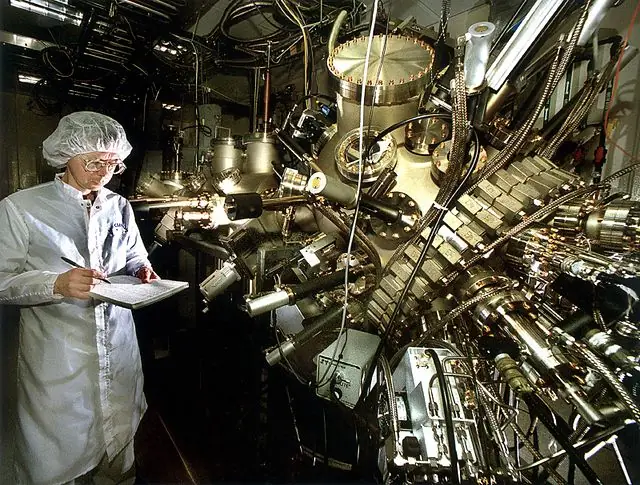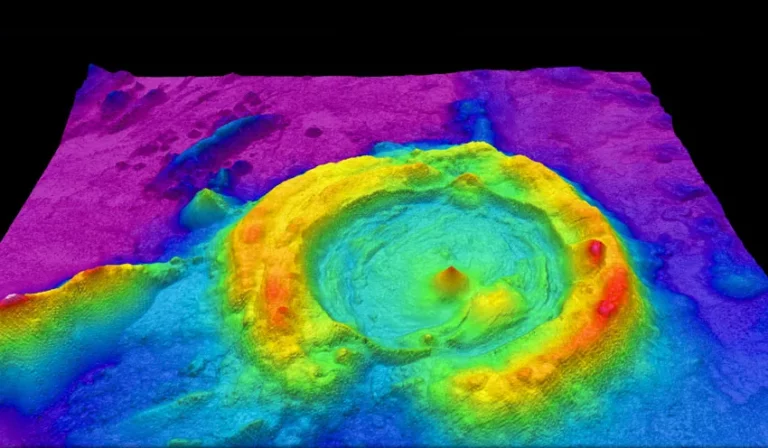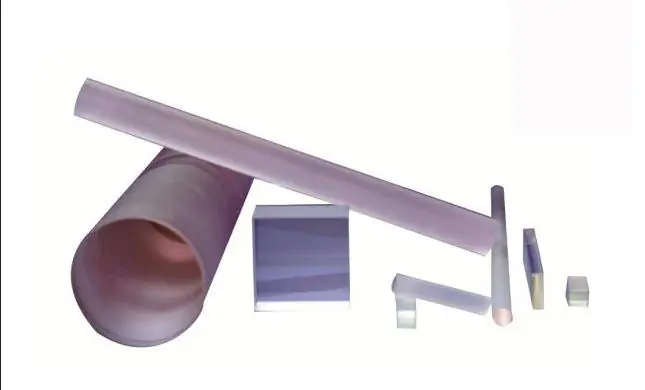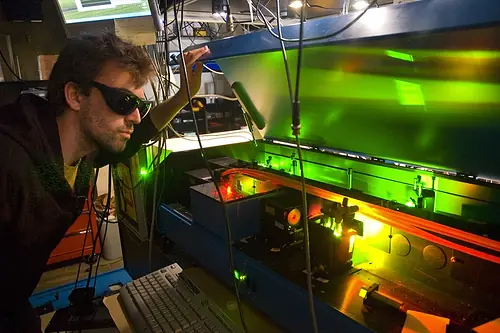Quantum Cascade Lasers

Quantum cascade lasers (QCLs) are a type of semiconductor laser that operate in the mid-infrared to terahertz frequency range. They are unique in that they rely on a series of energy levels, or “cascades,” within the device to create and amplify light.
The basic structure of a QCL consists of multiple layers of alternating semiconductor materials, typically consisting of different types of aluminum gallium arsenide (AlGaAs). These layers form a series of quantum wells, which are regions where electrons are confined to a two-dimensional plane. The energy levels of these quantum wells are carefully designed to form a ladder-like structure, with each step representing a different energy level.
To create and amplify light in a QCL, an electrical current is passed through the device. This current excites electrons in the quantum wells, causing them to jump from one energy level to the next. As the electrons move through the energy levels, they emit photons of light at specific frequencies corresponding to the energy difference between the levels.
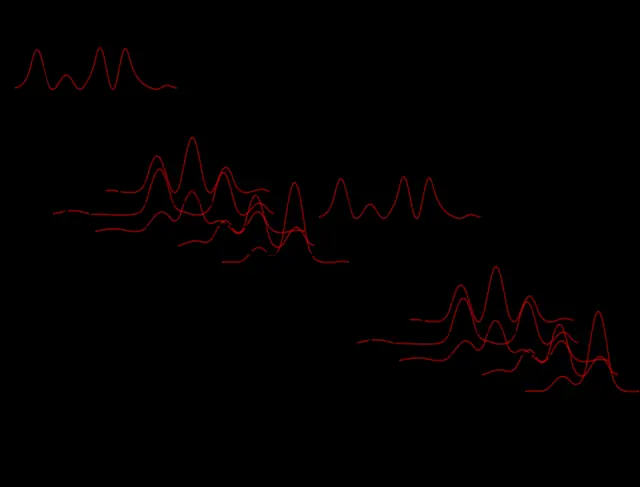
One of the key features of QCLs is their ability to produce narrow, highly monochromatic beams of light. This is due to the highly controlled energy levels in the quantum wells, which allow the laser to produce light at specific frequencies rather than a broad spectrum of wavelengths.
QCLs have a number of potential applications, including spectroscopy, remote sensing, and imaging. They are also being explored for use in telecommunications, as their narrow beams and high frequencies make them ideal for transmitting data over long distances.
Overall, quantum cascade lasers represent a significant advance in the field of semiconductor lasers, offering a new level of control over the frequency and intensity of the light they produce.
Quantum cascade lasers (QCLs) function through a process known as electron-hole recombination. When an electrical current is applied to the device, it creates a population of excited electrons and “holes,” or the absence of an electron, in the quantum wells. These excited electrons and holes can then recombine, emitting a photon of light in the process.

The energy levels of the quantum wells in a QCL are carefully designed to form a ladder-like structure, with each step representing a different energy level. As the electrons move through the energy levels, they emit photons at specific frequencies corresponding to the energy difference between the levels. This process is known as stimulated emission, and it is what allows the QCL to produce a highly monochromatic beam of light.
The emitted photons can then be amplified by passing them through an active region of the QCL, where they stimulate the emission of additional photons. This process, known as gain, allows the QCL to produce a strong, coherent beam of light.
Overall, the functioning of a QCL relies on the combination of electron-hole recombination and stimulated emission to produce and amplify light at specific frequencies within the mid-infrared to terahertz range.

